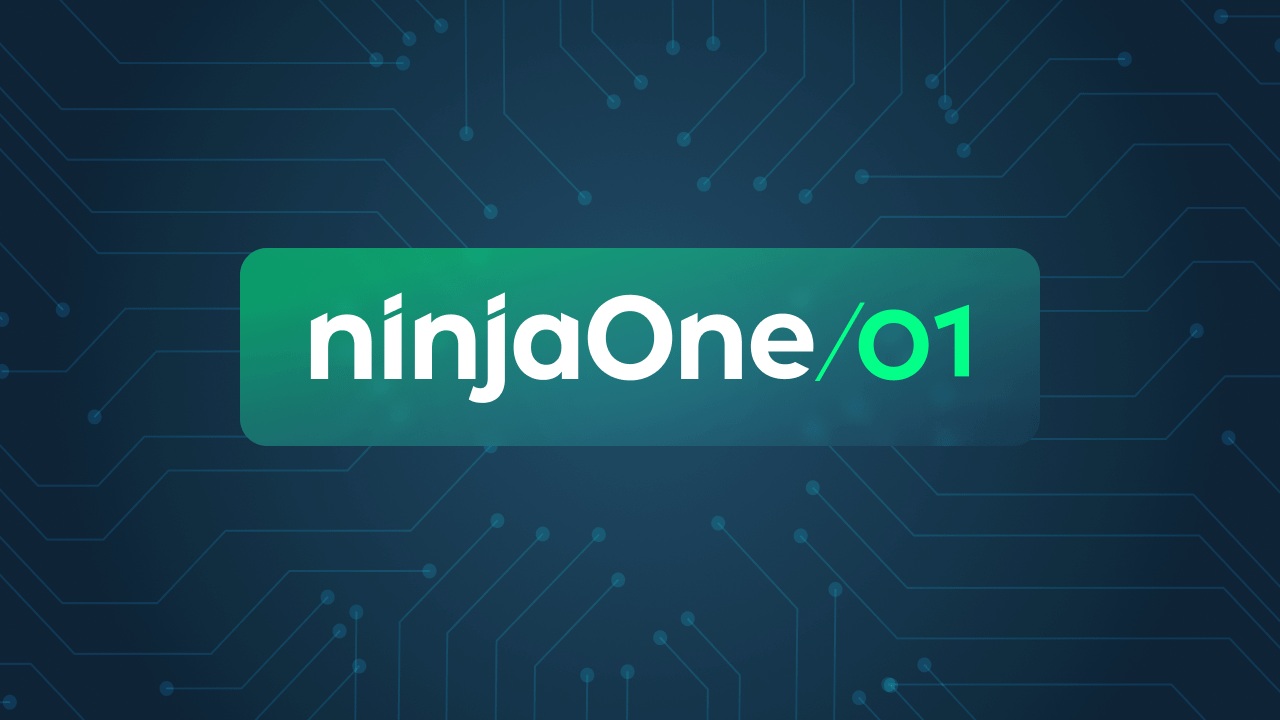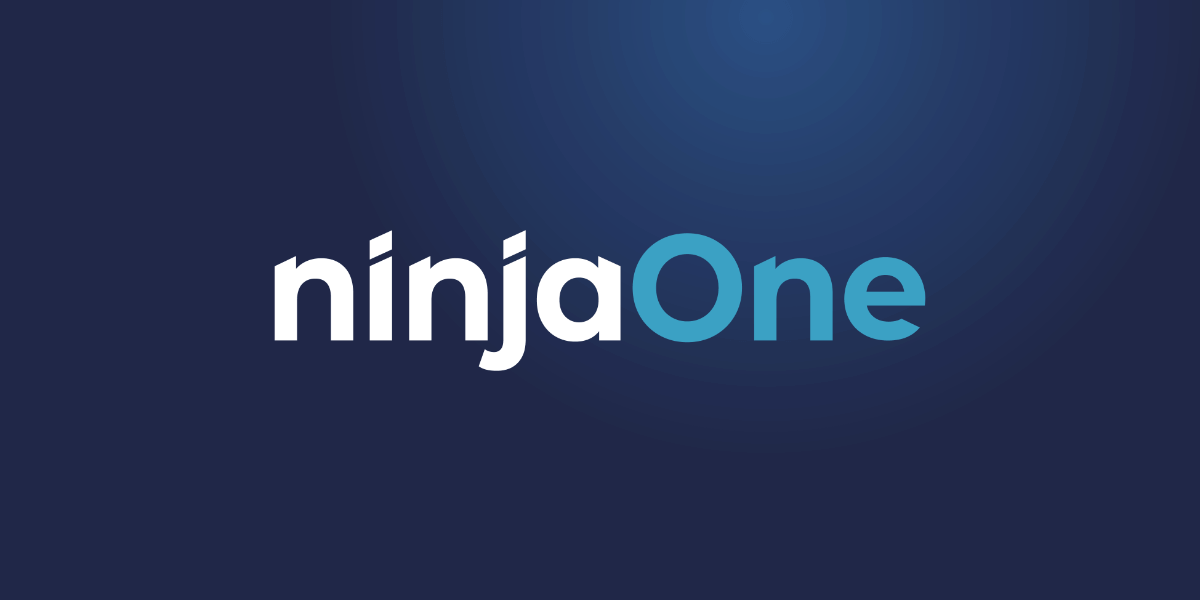Operating systems have evolved significantly over the years, transitioning from monolithic, single-purpose systems to more modular and flexible architectures. This shift has enabled the development of custom OSes that can be designed from the ground up or adapted from existing systems. Early operating systems were rigid and designed for specific mainframe computers.
The advent of (commercial) Unix paved the way for greater customization and flexibility, followed by open-source projects like GNU/Linux, BSD, and Apple’s Darwin. Custom operating systems (OS) are specialized software systems designed to meet specific requirements that standard OSes like Windows, macOS, or Linux may not fulfill. Unlike general-purpose OSes, which aim to serve a broad audience, custom OSes are fine-tuned to optimize for particular purposes.
This guide aims to provide a comprehensive understanding of custom operating systems (OS), their purpose, advantages, disadvantages, use cases, and the process of creating one. It will help readers grasp the concept of custom OS, its applications in various industries, and considerations for development and deployment.
What is a custom OS?
A custom operating system is one that has been designed or significantly modified to serve a particular purpose. Unlike standard OSes, which cater to a wide range of users and applications, custom OSes are created to address specific needs. These needs could range from optimizing performance for a particular hardware setup to enhancing security for sensitive environments.
Custom OSes often come with some or all of these features. Due to the inherent nature of the customization angle, this section can only be so accurate. Generally speaking, the “selling point” of such operating systems can include features such as:
- Smaller footprints: “Lighter” OSes take up less disk/memory/computational resources.
- Extra/bundled/commercial software: Bundled pre-installed software for various purposes.
- Purpose-built: Designed for specific tasks or industries.
- Optimized performance: Tailored to maximize efficiency in a particular context.
- Enhanced security: Customizable security features to protect against specific threats.
Comparing custom OSes with standard ones like Windows, macOS, and Linux highlights several differences. Standard OSes are designed for mass consumption and offer a balance of features suitable for a wide range of users. Custom OSes, on the other hand, are often more specialized. While standard OSes prioritize broad compatibility and user-friendliness, custom OSes focus on the specific needs of their target environment, often (though not always) sacrificing general usability for optimization and control.
Examples of custom OS implementations include:
- Android-based systems: Tailored versions of Android used in specific devices like Amazon’s Fire OS or Huawei’s Google Services-less Android devices. Technically even mobile manufacturers like Samsung’s Android ROMs (smartphone/tablet installations) come bundled with loads of non-uninstallable bloatware added by manufacturers. Muddying the waters, mobile operators also often insist on altering various Android device ROMs for specific user bases or geographical regions, contributing to further splintering in the Android ecosystem.
- Unix & Linux distributions: Custom versions of Linux, such as those used in servers or embedded systems, are themselves easy to modify; many distros (Linux distributions, aka “flavors”) ship with software to let users customize their already-installed distros before re-rolling the same into “personalized distro” installation ISO images.
- Windows releases: User spin-offs like Tiny11 aim to provide the core Windows 11 experience in a smaller disk footprint and computational requirement levels.
- Enterprise-specific OSes: Proprietary systems designed for internal use within a company, optimized for their unique infrastructure and security requirements. Eg. most major standalone multifunction (copier/printer/scanner) machines from manufacturers like Xerox, Canon, etc. run on some form of BSD.
Why create a custom OS?
There are several reasons why an organization might choose to develop a custom OS. Standard operating systems may not be able to fulfill specific needs, particularly in specialized industries or for unique hardware configurations. For example, a custom OS might be necessary to support specialized hardware, incorporate industry-specific features, or implement unique security measures that go beyond what standard OSes offer.
Possible benefits of creating a custom OS
- Performance optimization: Custom OSes can be streamlined to include only the necessary components, resulting in faster boot times, lower resource consumption, and improved overall efficiency.
- Enhanced security: By controlling the entire OS environment, developers can implement security measures tailored to the specific threats their system might face, reducing vulnerabilities.
- Tailored user experience: Custom OSes allow organizations to design user interfaces and functionalities that align perfectly with their operational needs.
Industries that benefit most from custom OS solutions
- Healthcare: Stringent regulations and the need for reliability in medical devices demand specialized systems. Custom OSes in this sector are often tailored to ensure compliance with strict regulatory standards while providing real-time data processing for critical patient monitoring.
- Automotive: Custom OSes power in-car entertainment and control systems, ensuring real-time responsiveness and integration with vehicle hardware, including the Nvidia AI chips used in Tesla electric cars. These systems are increasingly essential for autonomous driving technologies, where split-second decision-making and sensor integration are crucial.
- Aerospace: High-reliability systems are critical for aviation, requiring custom OSes to handle real-time processing and fail-safe operations. Custom OSes in aerospace must also manage complex navigation systems and communication protocols with absolute precision.
- Internet of Things (IoT): Many IoT devices have limited resources and specific functions, making a lightweight custom OS essential for optimal performance.
- Mobile gaming: The mobile gaming industry benefits from custom OSes that optimize performance for specific hardware configurations, enhancing gaming experiences on devices with limited processing power. Notably, Valve’s collaboration with AMD on developing low-wattage gaming processors (APUs) for the Steam Deck console not only enabled a new generation of powerful energy-efficient mini-PCs and lower-cost gaming laptops; their use of a customized Linux OS for this console birthed a new generation of gaming-focused custom OSes for handheld PCs.
- Military: The military sector relies on custom OSes (mostly hardened Linux flavors) for mission-critical systems that require heightened security, reliability, and real-time processing capabilities. These systems often need to operate in harsh environments and must be resistant to cyber threats, making custom OS solutions a vital component of military technology.
- Media production: Custom OSes power high-performance render farms and editing suites for creating complex visual effects and managing large-scale workflows. The Academy Software Foundation (ASWF) promotes open-source software adoption in the film industry, facilitating these custom solutions. Additionally, real-time OSes are used in music recording and live audio production, ensuring low latency and precise timing.
Components of a custom OS
The core components of a custom OS are similar to those of standard operating systems but are often more specialized or tailored to specific needs.
- Kernel: The kernel is the core of the OS, managing hardware resources and system calls. In a custom OS, the kernel can be optimized for specific tasks, such as real-time processing or low-power operation. The highly customizable Linux kernel includes all your hardware drivers and is actually also your system’s TCP/IP “switchboard” and firewall.
- User Interface (UI): The UI can be customized to enhance usability for a specific user group or application. For example, a custom OS for an embedded system might feature a minimalistic UI focused solely on essential functions; many server-focused OS deployments feature no graphical UI at all, instead operating in “headless mode”, ie. only command-line and possibly web-based interfaces only.
- Application Programming Interfaces (APIs): APIs allow developers to build software that interacts with the OS. Custom APIs are designed to support the specific features and capabilities of the custom OS, ensuring that applications can fully leverage the system’s capabilities. Building your own custom OS also allows you to integrate third-party APIs for software packages bundled with your OS (see below).
- Device drivers: Custom OSes can often include device drivers that are specifically developed or adapted to work with the hardware configurations they will be running on. This can help to ensure compatibility and optimal performance; some closed-source equipment drivers are notoriously difficult to get working on Linux/BSD.
- System utilities: These are tools and programs that perform essential maintenance and administrative tasks. In a custom OS, system utilities might be specialized for tasks such as monitoring system health, managing updates, or optimizing performance. A consumer-focused Linux distro is, for instance, unlikely to ship with the full suite of network diagnostics tools that more security-oriented distros like Kali Linux or TAILS include out-of-the-box.
- Bundled software: Commercial software can still sometimes be difficult to run on Linux, especially for non-IT-technical specialist users. A custom OS release is one way to ensure your users get the best OOTB experience.
Process of developing a custom OS
The development of a custom OS follows a structured process, beginning with careful planning and requirement analysis.
- Initial planning and requirement analysis: This phase involves identifying the specific needs of the project, such as performance goals, security requirements, and compatibility with existing systems. This analysis helps prioritize features and guide the overall development process.
- Design and architecture: Once the requirements are clear, the next step is to design the system architecture. This includes decisions on the kernel type, modularity, and how various components will interact. The design phase is crucial for ensuring that the system is scalable, maintainable, and meets the performance requirements.
- Coding and development tools: The actual development of the OS involves coding the kernel, drivers, and other components. Tools like cross-compilers, debuggers, and emulators are used to build and test the system. Languages like C, C++, Rust, and Assembly languages are commonly employed at this stage.
- Testing and debugging: Testing is a critical part of the development process. This includes functional testing to ensure that the system operates as expected and security testing to identify and address vulnerabilities. Debugging tools are used extensively to fix any issues that arise.
- Deployment and maintenance: After the OS has been thoroughly tested, it is deployed to the target environment. Ongoing maintenance is necessary to keep the system secure and up-to-date, which includes applying patches, updates, and responding to new security threats.
Advantages and disadvantages
Custom OSes offer both significant advantages and notable challenges. The cost/benefit tradeoff of developing e.g. one’s own security-focused OS needs to be heavily offset against the clear utility of having many more user and developer eyeballs on bugs in using, say, a mainstream distro with specific security-hardened-package software repositories.
Advantages
- Tailored performance: Custom OSes can be optimized for specific tasks, resulting in improved performance compared to general-purpose systems.
- Enhanced security: By customizing the OS, developers can reduce the attack surface and implement security features that address specific threats.
- Control over updates: Organizations can control when and how updates are applied, avoiding disruptions that can occur with automatic updates in standard OSes.
Disadvantages
- High development cost: Building a custom OS is resource-intensive, requiring significant time and expertise.
- Complexity: The complexity of developing and maintaining a custom OS can be a significant challenge, especially for smaller teams.
- Maintenance challenges: Unlike standard OSes, which receive regular updates and patches from a large developer community, custom OSes require ongoing maintenance and support to remain secure and functional.
Challenges and considerations
Developing a custom OS presents several challenges that must be carefully considered.
- Development challenges: Creating a custom OS requires significant resources, including time, money, and technical expertise. The development process can be lengthy and complex, with a steep learning curve for those unfamiliar with OS architecture.
- Legal and licensing considerations: When building a custom OS, it is essential to navigate the legal landscape carefully. This includes ensuring compliance with open-source licenses if applicable and protecting intellectual property rights. In some industries, regulatory compliance may also be a factor.
- Long-term support and updates: Maintaining a custom OS over time can be challenging. This includes providing ongoing security updates, patching vulnerabilities, and ensuring that the system remains functional as technology evolves. Organizations must have a plan in place for long-term support, whether through in-house resources or external partnerships.
Consider custom software repositories
Creating a whole custom OS might not be what you need. Other ways of deploying your software in a controlled fashion include the use of one or more custom Linux software repositories for use on various other mainstream-based Linux OSes, eg. DEB and RPM formats. This can allow you to control software dependencies and library versions on any valid third-party target distribution.
Future of custom OS
Key trends shaping the future of custom OSes include AI integration, where operating systems will increasingly leverage artificial intelligence for automation and optimization. Real-time operating systems are also becoming more prevalent, especially in industries like automotive and aerospace, where timely processing is critical.
Additionally, the rise of edge computing is driving demand for lightweight, distributed operating systems tailored for specific tasks. As technology continues to evolve, custom OSes are expected to become more prevalent in industries that require specialized computing environments. We can expect to see more advanced features integrated into custom OSes, such as AI-driven optimization and real-time processing capabilities, making them indispensable tools for industries like healthcare, automotive, and finance.
Bridging today’s needs with tomorrow’s innovations
In summary, custom operating systems offer unique advantages in terms of performance, security, and customization. However, the development of a custom OS is a complex and resource-intensive process that requires careful planning, execution, and long-term support. Despite these challenges, the potential of custom OS solutions is significant, particularly as industries continue to demand more specialized and secure computing environments.
For organizations with specific requirements that cannot be met by standard operating systems, custom OS development provides a path to greater efficiency, security, and control.








